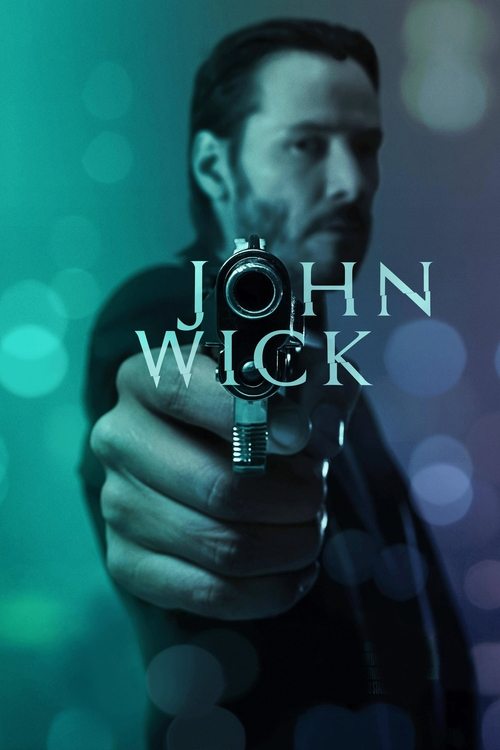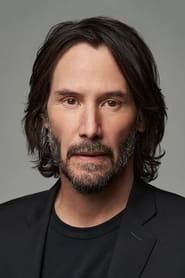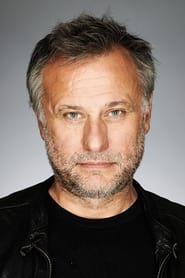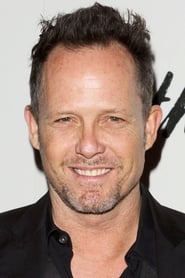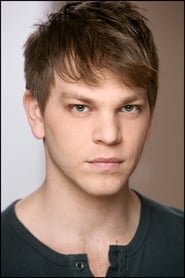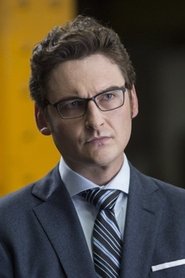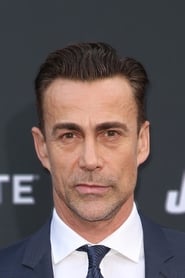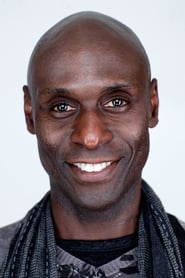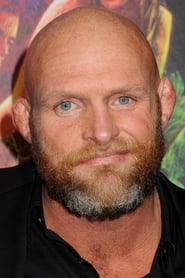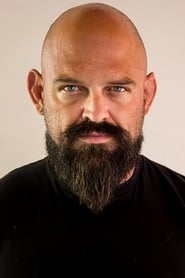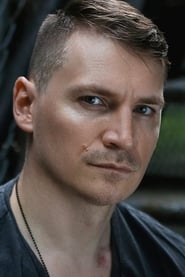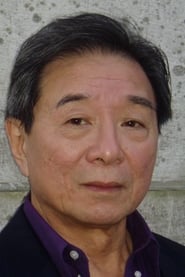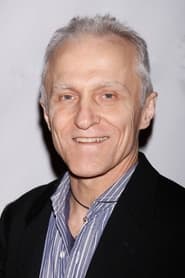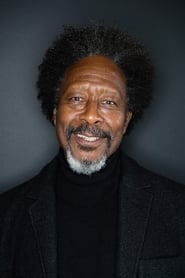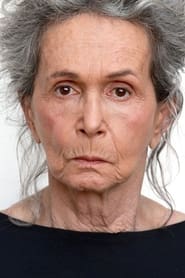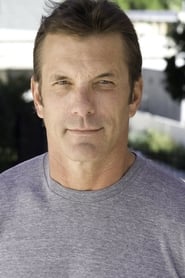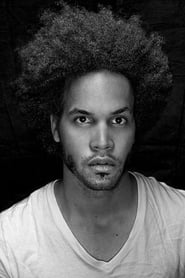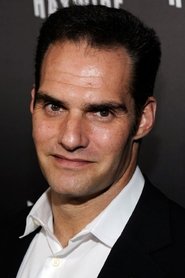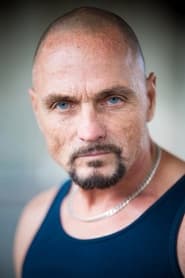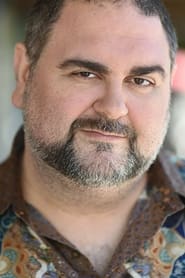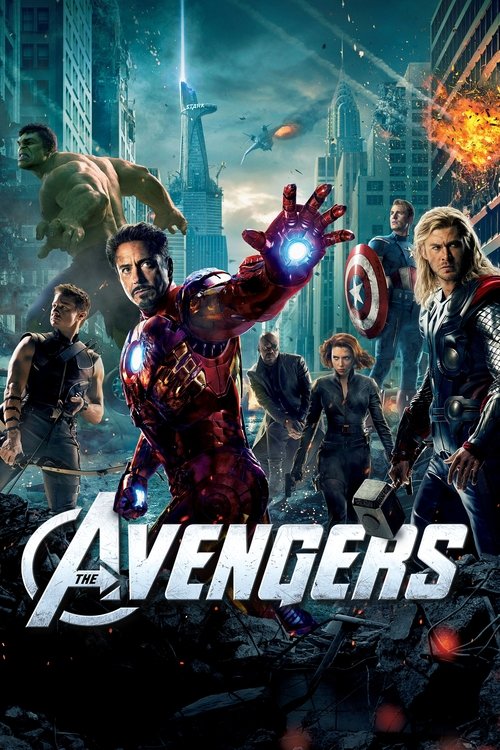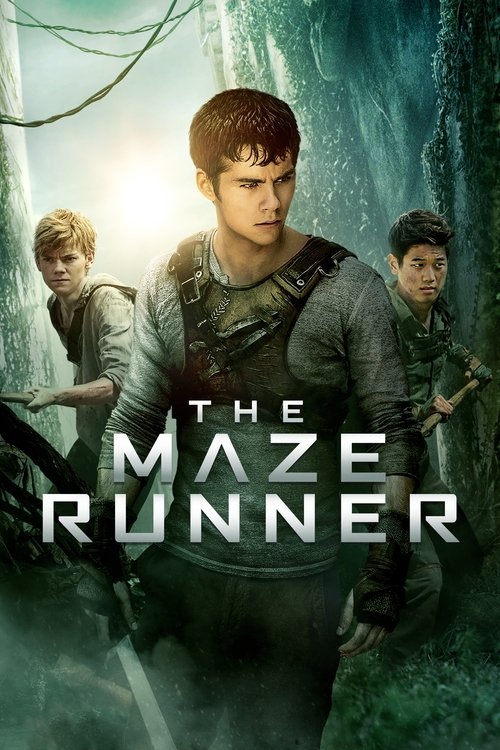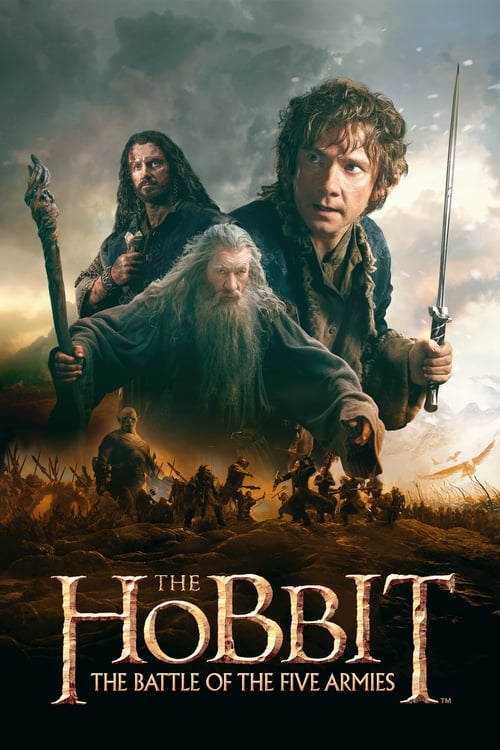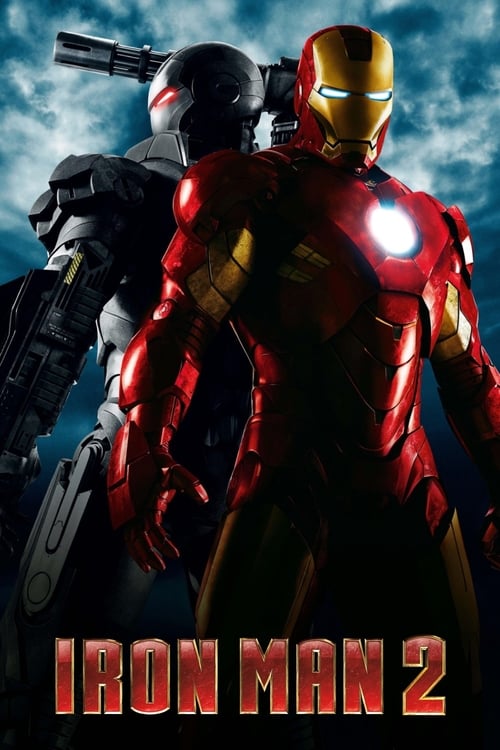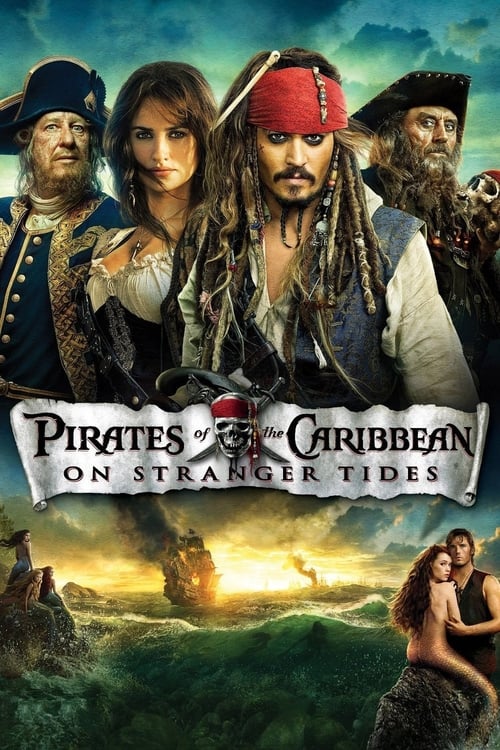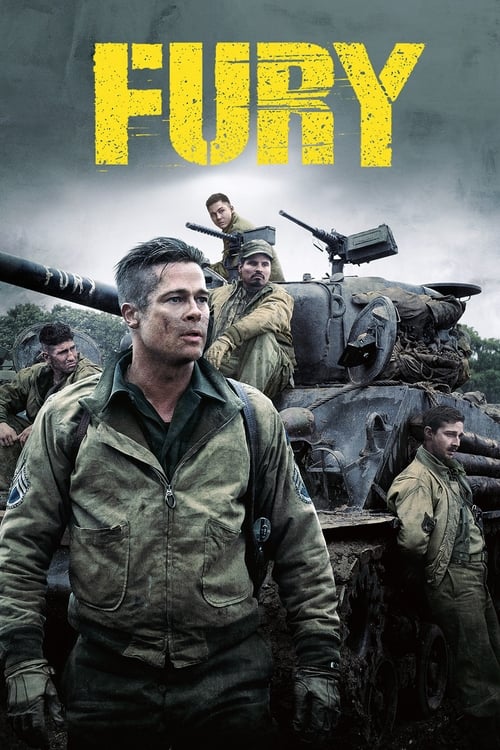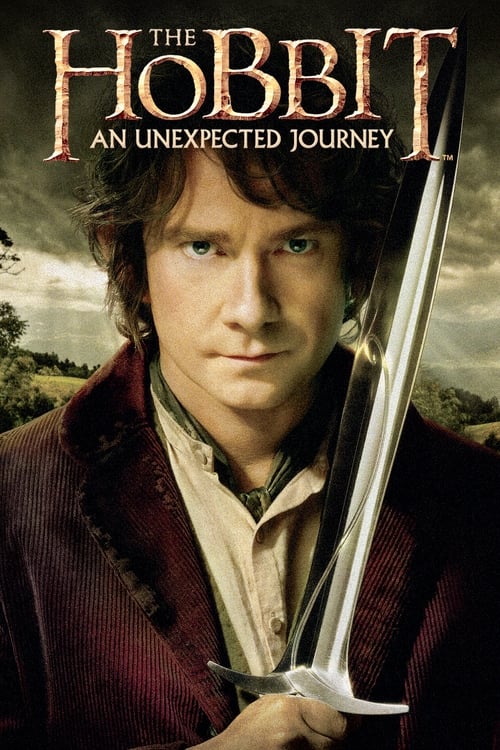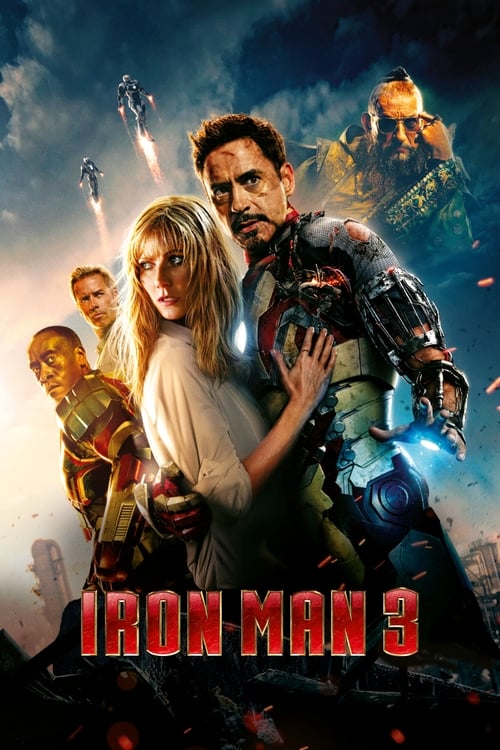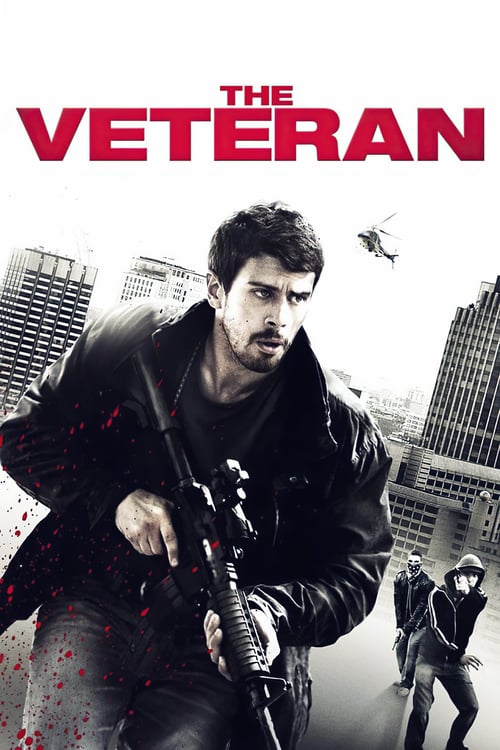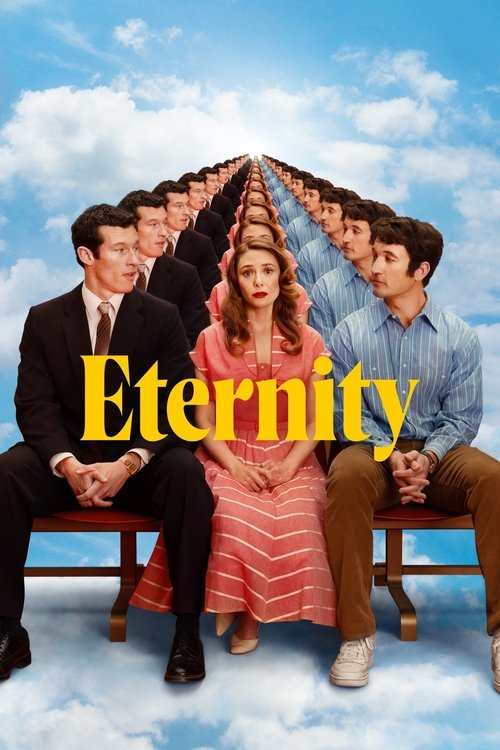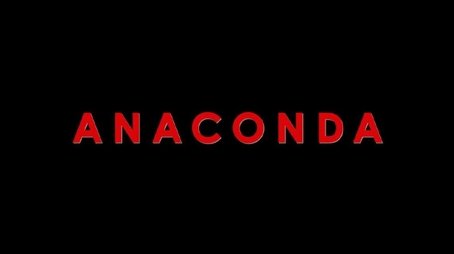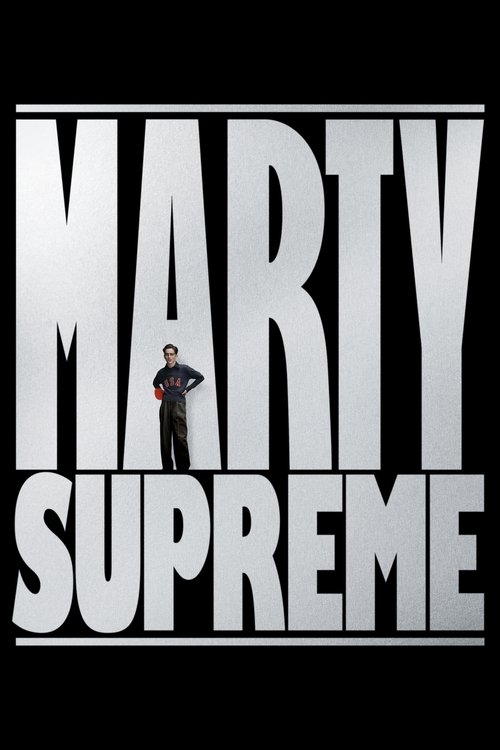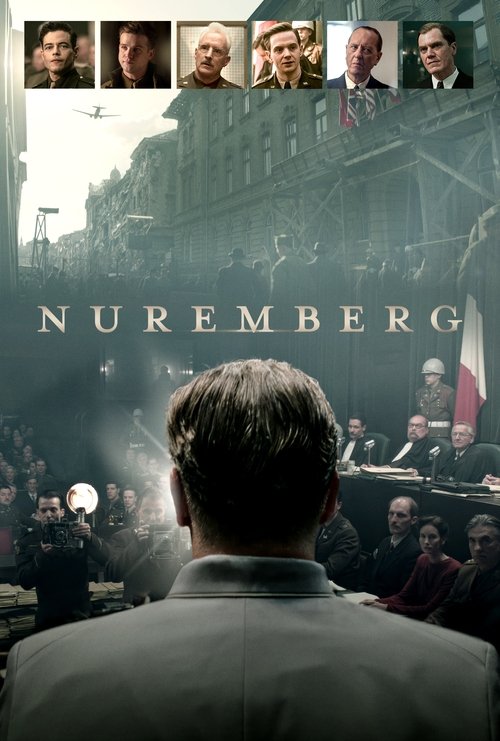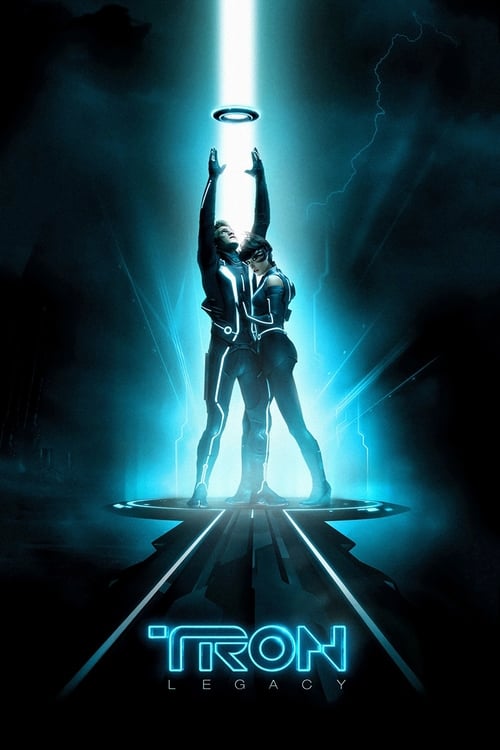
Ask Your Own Question
What is the plot?
John Wick's story opens in quiet, somber tones. The film begins shortly after the death of his beloved wife, Helen. Though the exact date isn't specified, the setting is contemporary New York City, sometime around 2014. John Wick (Keanu Reeves) lives alone in a modest suburban home, his grief palpable in every silent moment. Helen, before passing, arranged for John to receive a beagle puppy named Daisy--a fragile symbol of hope and healing amid his sorrow. John tenderly cares for Daisy, the puppy becoming his last tether to a peaceful life.
One day, at a gas station, John encounters Iosef Tarasov (Alfie Allen), a brash young man with a reckless demeanor. Iosef attempts to buy John's cherished 1969 Ford Mustang Boss 429, a rare muscle car that holds deep personal significance. John firmly refuses, his voice calm but resolute: "This car isn't for sale." The refusal irritates Iosef, but John's quiet strength dissuades further argument.
That night, the fragile peace shatters. Iosef returns with two accomplices and violently breaks into John's home. The scene is brutal and intimate--John is beaten, his sanctuary violated. The invaders mercilessly kill Daisy, the puppy that embodied his last hope for normalcy. They steal the Mustang and leave John bloodied and broken on his floor. The camera lingers on John's face, a mixture of pain, rage, and something darker igniting within him.
Iosef takes the stolen Mustang to Aurelio's chop shop, a grimy garage where stolen cars are stripped and re-registered. Aurelio (John Leguizamo) immediately recognizes the car and refuses to help, saying, "I know whose car this is. You're gonna regret this." He calls John to warn him of Iosef's identity--the son of Viggo Tarasov (Michael Nyqvist), the feared Russian crime lord who controls much of New York's underworld.
When Viggo learns of his son's reckless act, his expression darkens. He berates Iosef sharply: "You just struck my son." Iosef replies defiantly, "Yes, sir." Viggo's voice drops, "May I ask why?" Iosef's answer is chilling: "He stole John Wick's car and killed his dog." Viggo's face falls in realization and fear. "Oh…" he murmurs. The name John Wick carries immense weight--he is not just a man but a legend, feared as the "Baba Yaga," the man you send to kill the Boogeyman. Viggo reveals that John was once his top enforcer, a ruthless hitman who completed an impossible task to earn his freedom and marry Helen. Now, that past is coming back to haunt them all.
John, recovering from the assault, descends into his hidden basement, smashing through the floor to reveal a secret cache of weapons and gold coins--currency in the assassin underworld. The camera shows the gleam of guns, knives, and stacks of coins, symbolizing the deadly world John once inhabited and is now forced to re-enter. He refuses Viggo's call for peace, hanging up without a word, signaling his return to the violent life he left behind.
Viggo, realizing the threat John poses, places a $2 million bounty on his head and sends a hit squad to John's home. John kills the henchmen with cold precision, defending his sanctuary with brutal efficiency. The camera captures every shot, every close-quarter fight, emphasizing John's lethal skill and unyielding will.
Seeking refuge and resources, John checks into The Continental, a luxurious New York hotel that serves as neutral ground for assassins. Here, no "business"--no killing--is allowed. Winston (Ian McShane), the hotel's owner and John's old friend, enforces this rule strictly but with respect. The hotel's concierge, Charon, assists John with weapons and information. The Continental is a sanctuary, a place of codes and etiquette amid chaos.
John's first target is Iosef, who is found at the Red Circle nightclub. John infiltrates the pulsating, neon-lit club, moving through shadows and crowds with deadly intent. There, he confronts Iosef, but Viggo's henchman Kirill attacks him. The fight is intense and brutal--gunfire, hand-to-hand combat, and tactical maneuvers fill the scene. John kills Kirill but is forced to retreat to the Continental for medical aid, his body battered but his resolve unbroken.
The conflict escalates as Viggo hires Ms. Perkins (Adrianne Palicki), a ruthless assassin, to kill John. Perkins violates The Continental's sacred rule by attempting to assassinate John inside the hotel. Winston, upholding the code, confronts her coldly and kills her, underscoring the deadly seriousness of the assassin's world and the inviolability of its rules.
John's rampage continues through various New York locations--streets, apartments, warehouses--each battle a showcase of his lethal expertise. He dispatches numerous henchmen and assassins sent by Viggo, each kill calculated and merciless. The film's choreography blends gunplay, judo, and brutal improvisation, painting John as a relentless force of nature.
In a pivotal moment, Viggo captures John and tortures him in a warehouse, hoping to end the threat. The scene is grim and tense, with John weakened but defiant. Marcus (Willem Dafoe), John's old friend and mentor, intervenes unexpectedly. Despite being hired by Viggo to kill John, Marcus's loyalty to their bond prevails. He kills Viggo's men and helps John escape, revealing a complex web of friendship and honor amid the violence.
The final confrontation unfolds in a forested area outside the city. John and Viggo engage in a brutal hand-to-hand fight, raw and desperate. Viggo fights with the desperation of a man losing control; John moves with the cold precision of a seasoned killer. The fight ends when John stabs Viggo in the shoulder with a knife, the wound fatal. Viggo collapses, his reign ended by the very man he once feared.
Wounded but alive, John walks away from the battlefield. His journey, marked by loss and vengeance, finds a glimmer of hope when he discovers a pit bull at a nearby animal clinic. The dog, a symbol of new beginnings, follows John as he leaves, suggesting that despite the darkness, there remains a chance for redemption and companionship.
The film closes with John walking down a city street, the pit bull by his side. The weight of his past lingers, but so does the possibility of a future. The screen fades as John and his new companion disappear into the urban night, a man forever changed but still fighting to find peace.
Throughout the film, every death is a step deeper into John's relentless quest for justice and closure. Daisy, the innocent puppy, is the spark that reignites the Boogeyman's fury. Iosef Tarasov is the first to fall by John's hand in a cold, calculated kill inside the Red Circle nightclub. Kirill, Viggo's henchman, dies in the same brutal confrontation. Viggo's henchmen sent to kill John at his home and later in the city are systematically eliminated. Ms. Perkins meets her end at Winston's hand for breaking the sacred rules of The Continental. Finally, Viggo Tarasov himself dies in the forest, stabbed by John in their climactic battle.
John Wick's story is one of loss, vengeance, and the inescapable pull of a violent past. It is a relentless, kinetic journey through a hidden underworld where loyalty, honor, and death intertwine. The film's vivid visual moments--from the tender care of a grieving man and his puppy to the explosive, choreographed action sequences--create a narrative that is as emotionally resonant as it is thrilling.
What is the ending?
At the end of John Wick, John confronts Viggo Tarasov and his son Iosef in a final showdown. After a fierce battle, John kills Iosef and then confronts Viggo, who is ultimately killed as well. John, having avenged the death of his dog and the theft of his car, is left wounded but resolute. He finds a new purpose as he walks away from the chaos, adopting a new dog from a shelter.
In the expanded narrative:
The climax of John Wick unfolds in a dimly lit, abandoned church where John Wick, played by Keanu Reeves, has tracked down Viggo Tarasov, portrayed by Michael Nyqvist. The atmosphere is thick with tension as John, still nursing wounds from previous encounters, prepares for the final confrontation. He is driven by a singular purpose: to avenge the death of his beloved dog, Daisy, a final gift from his deceased wife, Helen.
As John enters the church, he is met by Viggo, who is desperate and cornered. The two exchange words, but the conversation is short-lived. Viggo, realizing the futility of his situation, attempts to negotiate, but John's resolve is unshakeable. The emotional weight of his loss fuels his determination. The scene is charged with a sense of inevitability as John's grief transforms into a cold, calculated fury.
In a swift and brutal sequence, John engages in a fierce battle with Viggo's henchmen, showcasing his unparalleled combat skills. The choreography is intense, with each movement reflecting John's desperation and skill. He dispatches the attackers with a mix of precision and raw emotion, each kill a step closer to avenging his loss. The camera captures the visceral nature of the fight, emphasizing the stakes involved for John.
After overcoming the henchmen, John finally confronts Iosef Tarasov, played by Alfie Allen, in a climactic showdown. The setting shifts to a warehouse, where the tension is palpable. Iosef, arrogant and reckless, underestimates John's resolve. The confrontation is brutal; John's movements are fluid yet forceful, embodying the pain and rage he has carried since the beginning of his journey. In a moment of catharsis, John kills Iosef, the act both a release of his pent-up grief and a fulfillment of his quest for vengeance.
With Iosef dead, John turns his attention to Viggo, who has been watching the events unfold with a mix of horror and resignation. The final confrontation between John and Viggo is charged with emotion. Viggo, now stripped of his power and influence, pleads for his life, but John, hardened by loss, shows no mercy. He delivers a final, fatal blow, ending Viggo's reign and the cycle of violence that has consumed them both.
In the aftermath, John is left wounded but resolute. He walks away from the chaos, a man transformed by his experiences. The final scenes depict him at a dog shelter, where he adopts a new dog, symbolizing a tentative step towards healing. The camera lingers on John's face, revealing a mix of sorrow and hope as he begins to forge a new path, free from the shadows of his past.
The fates of the main characters are sealed: Iosef is dead, having paid the ultimate price for his actions; Viggo, too, meets his end, a victim of the violent world he helped create. John, though scarred and weary, emerges as a survivor, embodying the themes of loss, vengeance, and the possibility of redemption. The film closes with John walking into the distance, a man seeking peace in a world that has offered him little but pain.
Is there a post-credit scene?
The movie "John Wick," released in 2014, does not have a post-credit scene. The film concludes with John Wick, played by Keanu Reeves, having avenged the death of his dog and reclaimed his sense of purpose. After a climactic confrontation with Viggo Tarasov and his henchmen, John is seen walking away from the chaos, having found a new resolve. The absence of a post-credit scene leaves the audience with a sense of closure regarding John's immediate journey, while also hinting at the potential for further adventures in the franchise.
What motivates John Wick to seek revenge in the film?
John Wick is driven by profound grief and rage after the death of his wife, Helen, who had succumbed to an illness. Her final gift to him, a puppy named Daisy, symbolizes hope and a chance for healing. When a group of criminals, led by Iosef Tarasov, break into his home, steal his car, and kill Daisy, it shatters the fragile peace he had found. This act of violence reignites his past as a legendary hitman, compelling him to unleash his wrath on those who wronged him.
How does John Wick's past as a hitman affect his actions throughout the film?
John Wick's past as a feared and skilled assassin, known as 'Baba Yaga,' looms over his actions. His reputation precedes him, instilling fear in those who recognize him. As he embarks on his quest for vengeance, his former life is both a source of power and a burden. He is haunted by memories of his violent past, yet it also equips him with unparalleled combat skills and resourcefulness, allowing him to navigate the criminal underworld with lethal efficiency.
What role does the Continental Hotel play in the story?
The Continental Hotel serves as a sanctuary for assassins, governed by strict rules that prohibit killing on its premises. It is a neutral ground where members of the criminal underworld can seek refuge and conduct business without fear of violence. For John Wick, the Continental is a place of temporary safety and a reminder of the code he once lived by. Winston, the hotel's manager, respects Wick's past but also enforces the rules, creating tension as Wick's quest for revenge threatens the delicate balance of the assassin community.
How does Iosef Tarasov's character contribute to the plot?
Iosef Tarasov, the son of a powerful crime lord, is the catalyst for John Wick's violent return to his former life. His reckless and entitled behavior leads him to break into Wick's home, steal his car, and kill his puppy, which was a gift from his deceased wife. Iosef's actions are driven by a desire to prove himself and gain respect within the criminal world, but they ultimately set off a chain reaction of violence that leads to his downfall. His character embodies the consequences of underestimating John Wick and the brutal world they inhabit.
What is the significance of the puppy in John Wick's journey?
The puppy, Daisy, symbolizes John Wick's last connection to his wife, Helen, and represents hope and the possibility of a new beginning after her death. When Iosef kills Daisy, it serves as the final straw that propels Wick back into the violent life he had left behind. The loss of the puppy not only triggers his quest for revenge but also highlights the themes of love, loss, and the lengths one will go to protect what little remains of their heart. The emotional weight of this loss drives Wick's actions and underscores the brutality of the world he is drawn back into.
Is this family friendly?
"John Wick," produced in 2014, is not considered family-friendly due to its intense and violent content. Here are some potentially objectionable or upsetting aspects that may affect children or sensitive viewers:
-
Graphic Violence: The film features numerous scenes of intense and graphic violence, including hand-to-hand combat, gunfights, and the use of various weapons. The action is often portrayed in a stylized manner but remains very brutal.
-
Death and Murder: The central plot revolves around revenge for the death of a beloved pet, leading to a series of murders. The depiction of death is frequent and can be quite graphic.
-
Emotional Trauma: The protagonist, John Wick, experiences significant emotional pain and trauma due to the loss of his wife and the subsequent events that unfold. This theme of grief and loss may be distressing for some viewers.
-
Language: The film contains strong language, including frequent use of profanity, which may not be suitable for younger audiences.
-
Adult Themes: The narrative includes themes of betrayal, vengeance, and the underworld of crime, which may be complex and unsettling for children.
-
Animal Harm: The film begins with a distressing scene involving the death of a dog, which serves as a catalyst for the protagonist's quest for revenge. This may be particularly upsetting for animal lovers.
Overall, "John Wick" is intended for a mature audience and contains elements that could be disturbing for children or sensitive individuals.

